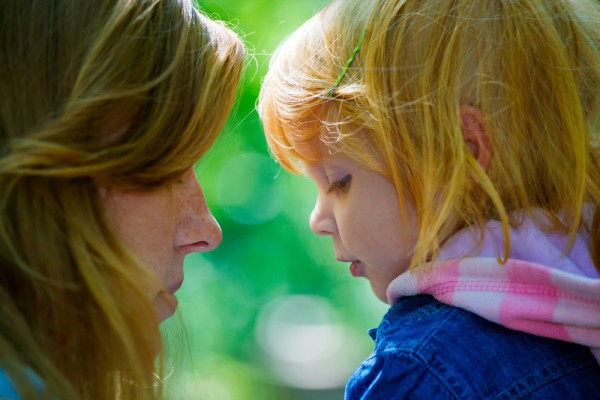What exactly is ADHD?
ADHD stands for attention deficit hyperactivity disorder, a condition with symptoms such as inattentiveness, impulsivity, and hyperactivity.
The symptoms differ from person to person. ADHD was formerly called ADD, or attention deficit disorder. Both children and adults can have ADHD, but the symptoms always begin in childhood. Adults with ADHD may have trouble managing time, being organised, setting goals, and holding down a job.
What are the characteristics of ADHD?
Symptoms are grouped into three categories:
1. Inattention. A child with ADHD:
- Is easily distracted
- Doesn't follow directions or finish tasks
- Doesn't appear to be listening
- Doesn't pay attention and makes careless mistakes
- Forgets about daily activities
- Has problems organising daily tasks
- Doesn’t like to do things that require sitting still
- Often loses things
- Tends to daydream
2. Hyperactivity. A child with ADHD:
- Often squirms, fidgets, or bounces when sitting
- Doesn't stay seated
- Has trouble playing quietly
- Is always moving, such as running or climbing on things (In teens and adults, this is more commonly described as restlessness.)
- Talks excessively
- Is always “on the go” as if “driven by a motor”
3. Impulsivity. A child with ADHD:
- Has trouble waiting for his or her turn
- Blurts out answers
- Interrupts others
Parenting tips for children with ADHD
If your child is hyperactive, inattentive, or impulsive, it may take a lot of energy to get him or her to listen, finish a task, or sit still. The constant monitoring can be frustrating and exhausting.
Sometimes you may feel like your child is running the show (probably because they are). But there are steps you can take to regain control of the situation, while simultaneously helping your child make the most of his or her abilities.
Take care of yourself so you’re better able to care for your child.
Eat right, exercise, get enough sleep, find ways to reduce stress, and seek face-to-face support from family and friends as well as your child’s doctor and teachers.
Establish structure and stick to it.
Help your child stay focused and organised by following daily routines, simplifying your child’s schedule, and keeping your child busy with healthy activities.
Set clear expectations.
Make the rules of behaviour simple and explain what will happen when they are obeyed or broken—and follow through each time with a reward or a consequence.
Encourage exercise and sleep.
Physical activity improves concentration and promotes brain growth. Importantly for children with ADHD, it also leads to better sleep, which in turn can reduce the symptoms of ADHD.
Help your child eat right.
To manage symptoms of ADHD, schedule regular healthy meals or snacks every three hours and cut back on junk and sugary food.
Teach your child how to make friends.
Help him or her become a better listener, learn to read people’s faces and body language, and interact more smoothly with others.








